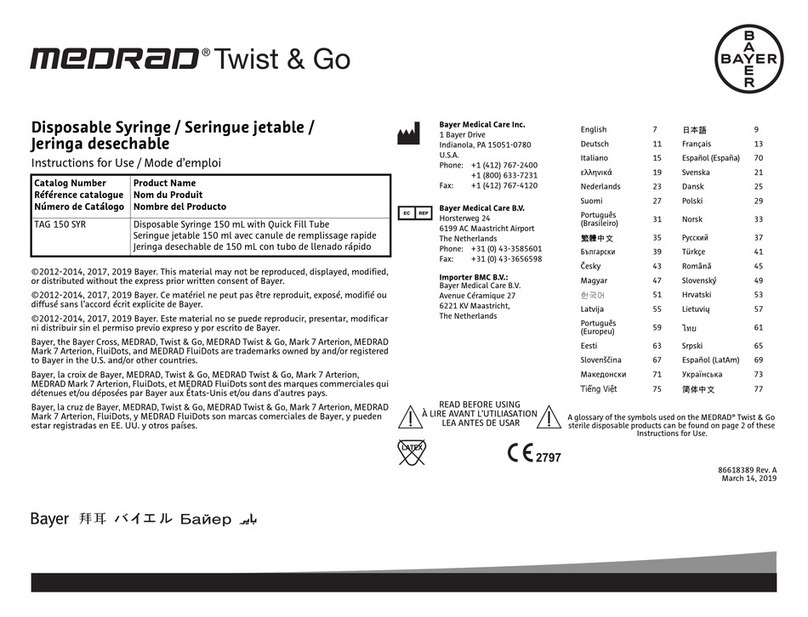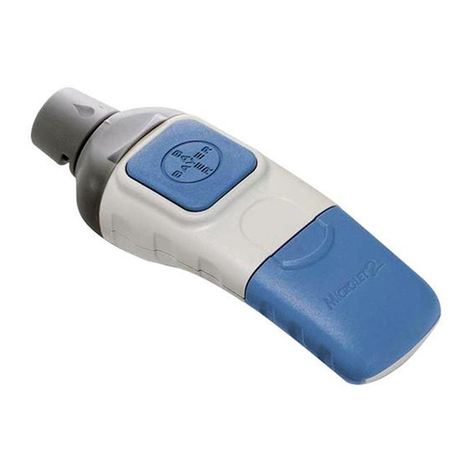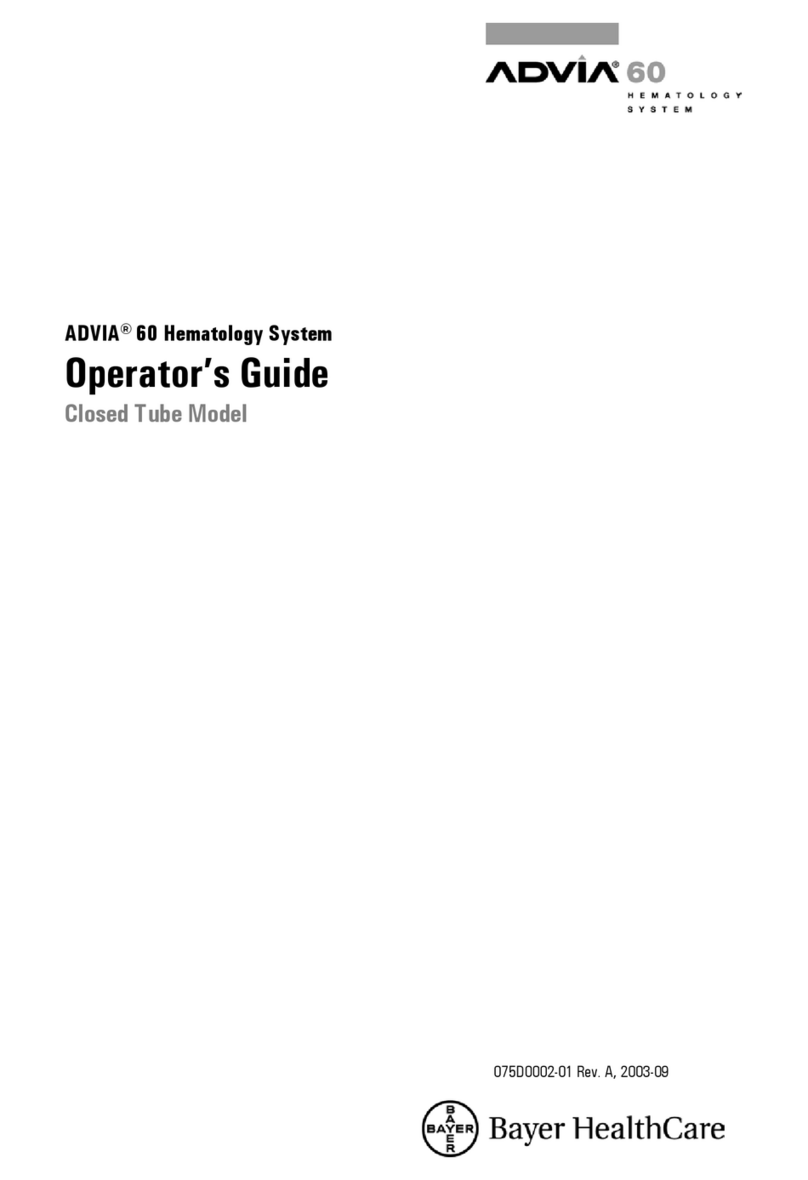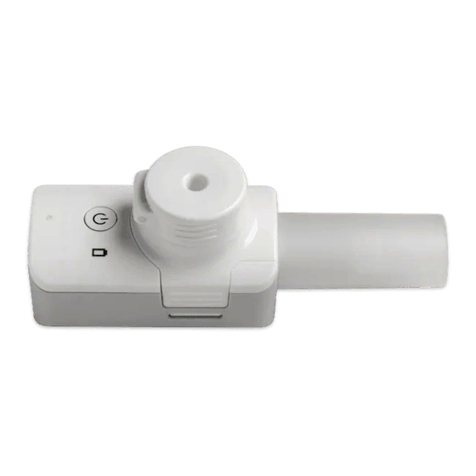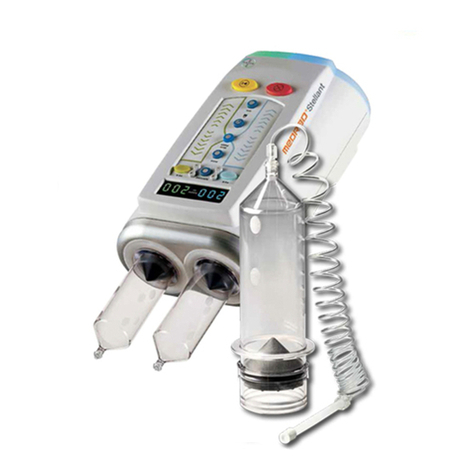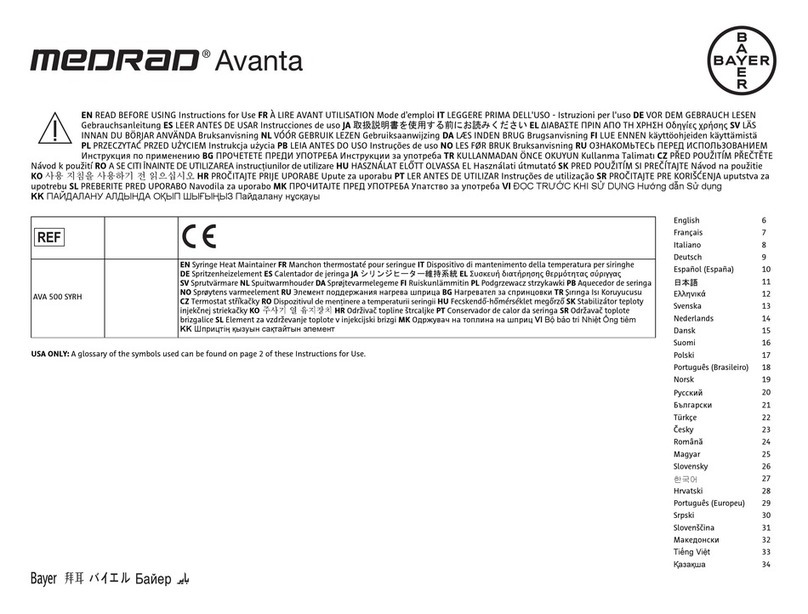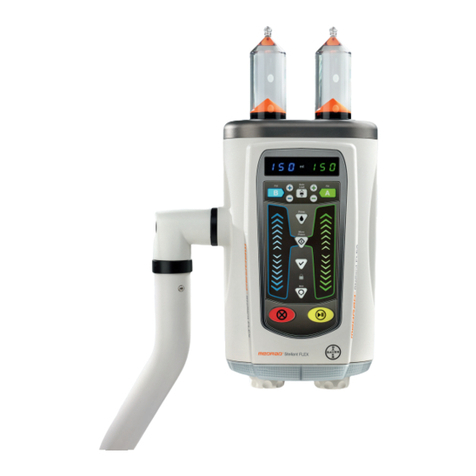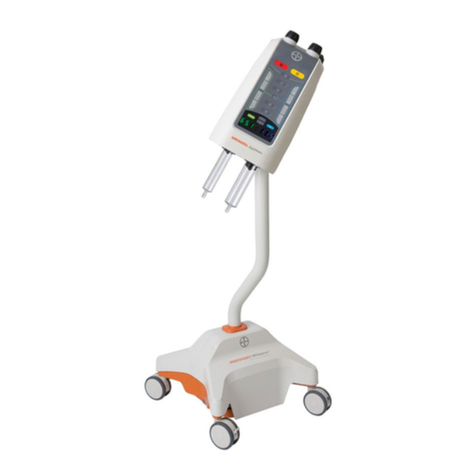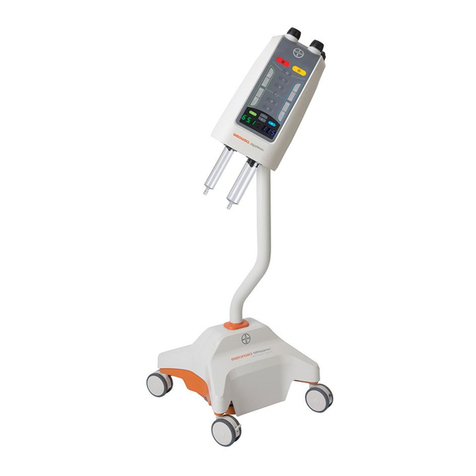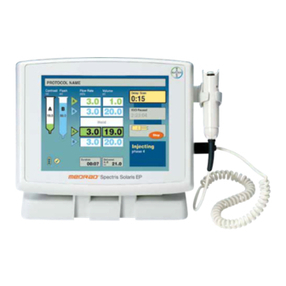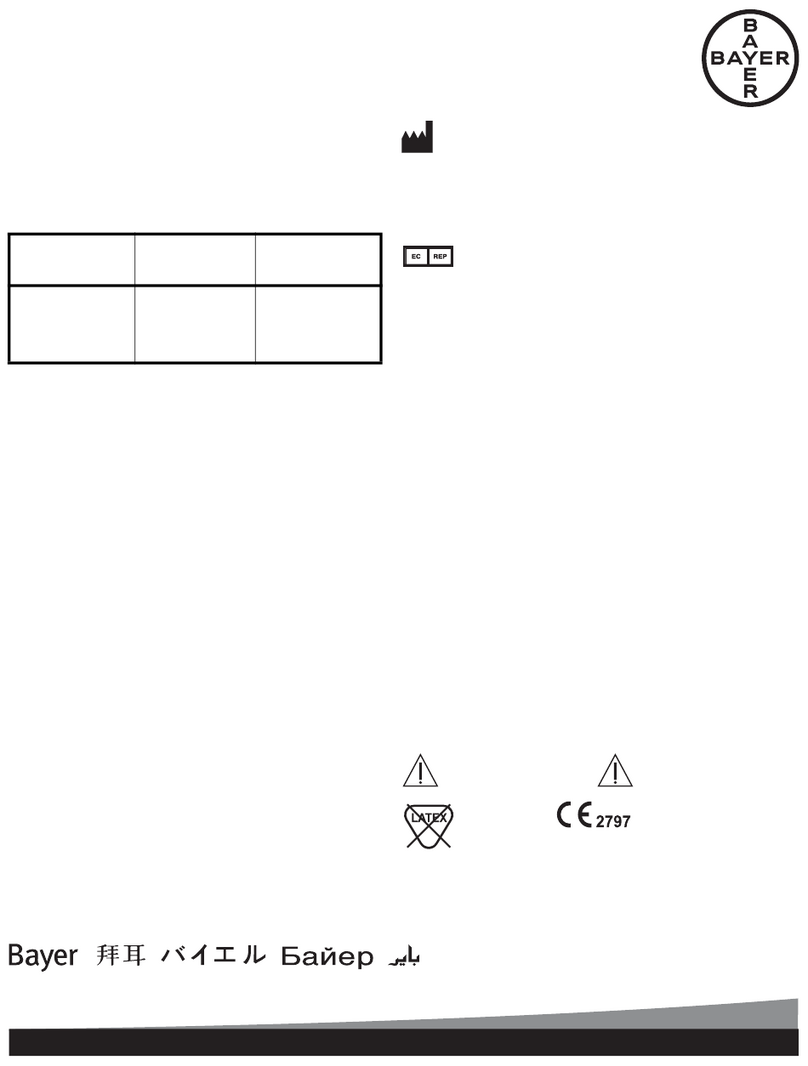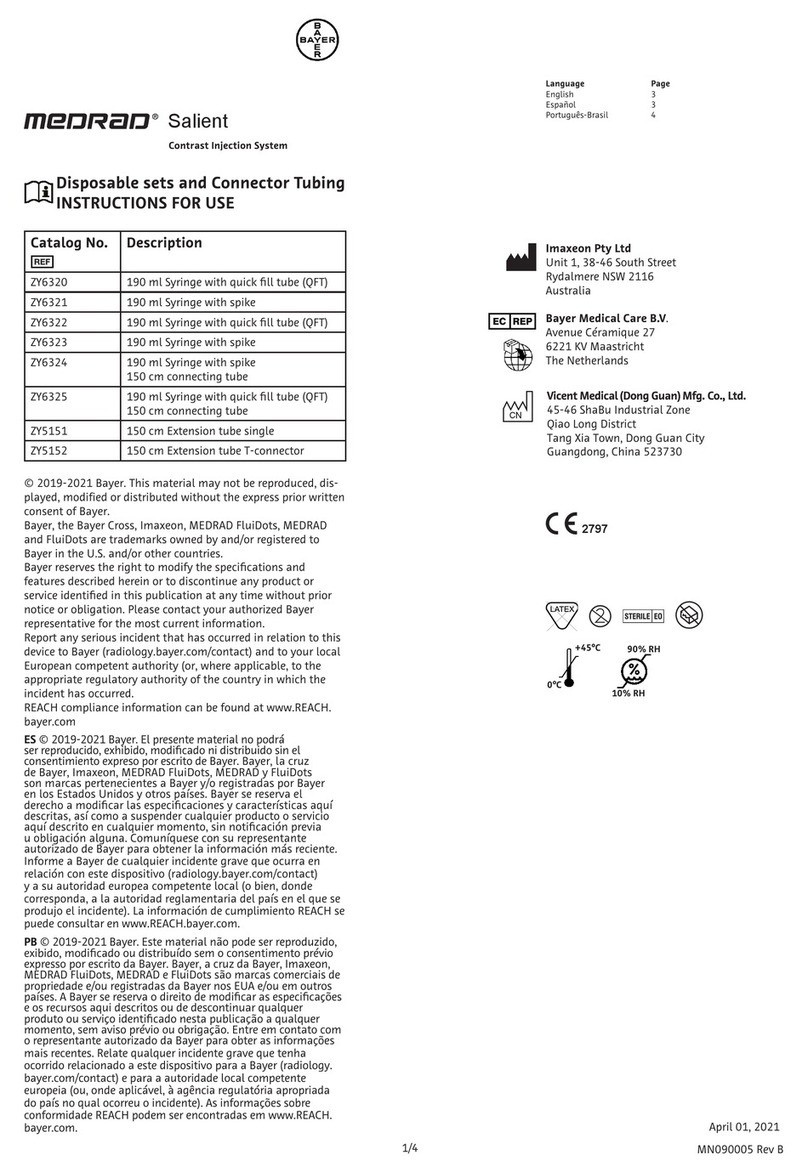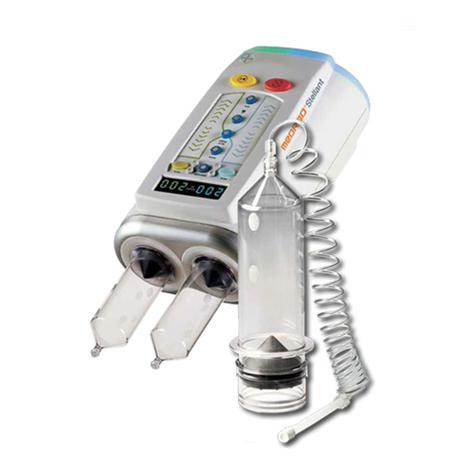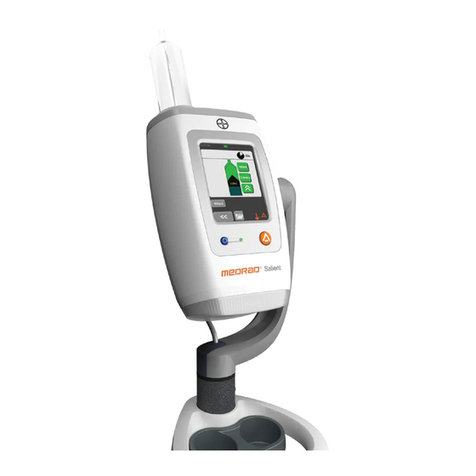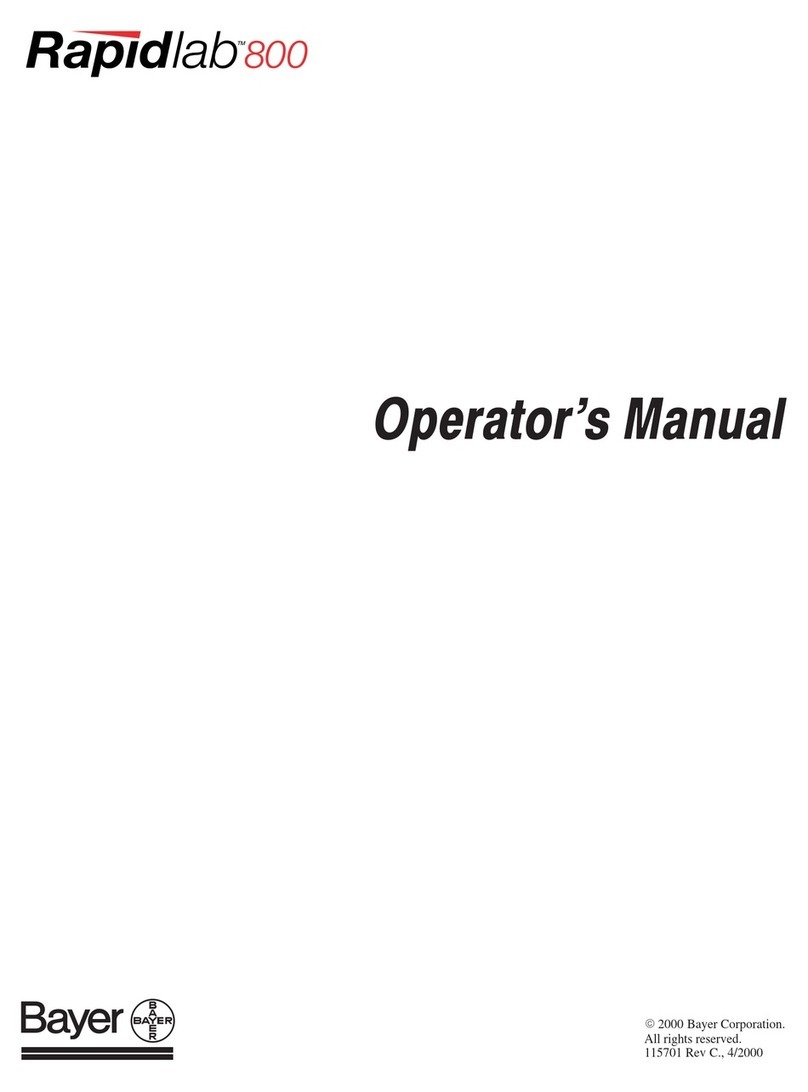
New Zealand text November 2012 Temprid 75 Residual Insecticide Label Page 6 of 9
SITUATION PEST RATE CRITICAL COMMENTS
Domestic,
commercial,
industrial and
public buildings
and facilities
(including but not
limited to food
processing
establishments,
shops, factories,
farm buildings,
ships, trains,
aeroplanes,
offices, schools,
storerooms,
hospitals,
barracks, private
houses and
external areas
associated with
such
establishments)
Cockroaches 10 ml / L water
Rate per 100
m2:
Non-porous
surfaces
50 ml / 5 L water
/ 100 m2surface
Porous surfaces
or through use of
power equipment
50 ml / 10 L
water / 100 m2
surface
Conduct a thorough inspection and apply to known
and potential cockroach harbourages. A barrier
application around areas where cockroach
infestations may be originating is also suggested.
NOTE: The use of an insect growth regulator (such
as Starycide®Insect Growth Regulator) is
considered a useful supplementary treatment for
cockroach control when cockroach infestation is
severe.
Repeat application as required. Where application of
a spray is not suitable it is recommended that a
suitably registered gel such as one from the
Maxforce®Gel range be applied as per the
registered label on that product.
Crickets Spray infested areas. In addition a barrier treatment
can be sprayed across areas where these pests
enter buildings.
Mosquitoes
and flies Spray surfaces where flies and mosquitoes are
known to come to rest.
Flies: include external surfaces that are exposed to
the morning sun.
Mosquitoes: spray walls, awnings, fences and
vegetated areas in proximity to buildings. DO NOT
apply to edible plants.
Note: The perception of the level of control of flying
insects achieved within any given area treated with a
residual surface spray will be affected by the extent
of in-migration of individuals from external
(untreated) areas. A residual surface spray will only
control those insects that alight on the treated
surfaces and therefore complete elimination of flying
insects from the treated area should not necessarily
always be expected.
Millipedes Apply as a coarse spray. Recommended for use on
non-porous surfaces only.
Paper wasp
nests Apply diluted spray to the point of run off directly to
the papernest ensuring throrough and even
coverage. When all adult wasps have been knocked
down, the nest may be safely removed from the
structure.
Spiders Apply to areas where spiders are known to occur,
their webbing and areas where spiders may hide. It
is recommended that any webbing is left in place for
a few days after application to optimise efficacy.
Domestic,
commercial,
industrial and
public buildings
and facilities
(including but not
limited to hotels
and backpacker
accomodation,
private dwellings,
barracks,
hospitals, ships,
trains, aeroplanes,
offices, schools)
Bedbugs Professional Pest Managers undertaking a bedbug
treatment are expected to be familiar with the
AEPMA Code of Practice (CoP) for the Control of
Bedbug Infestations in Australia and take into
account the recommendations included within this
document in relation to bedbug management.
Prior to treatment, a thorough inspection of all
infested and potentially infested areas should be
carried out.
Treatment should be directed to all areas of
infestation (e.g. the bed-frame and walls, cracks,
crevices and skirting boards in the vicinity of the
bed). Consideration should also be given to
appropriate non-chemical methods of control in
areas where insecticide application is not possible.
Control of pyrethroid-resistant strains of bed bug is
dependent on direct spray application rather than
residual activity. Re-inspection is essential (in
accordance with the recommendations of the CoP).
